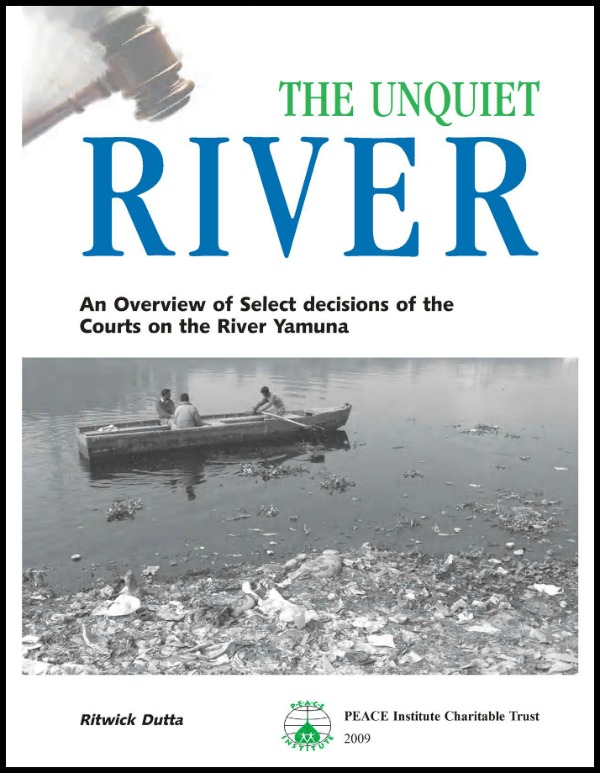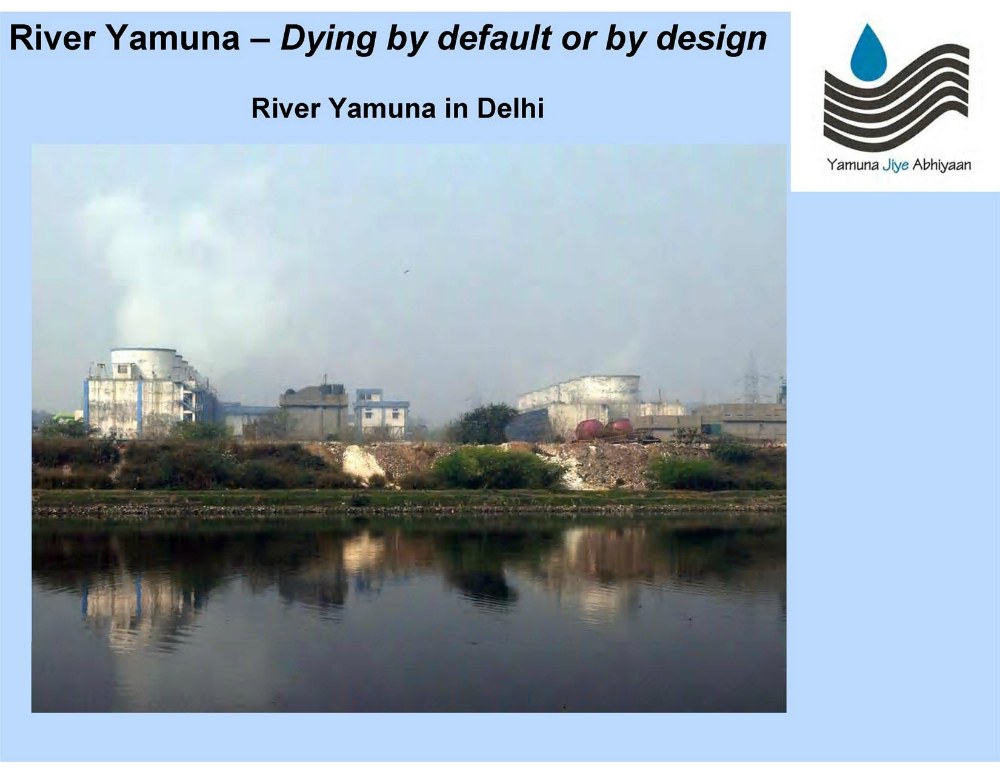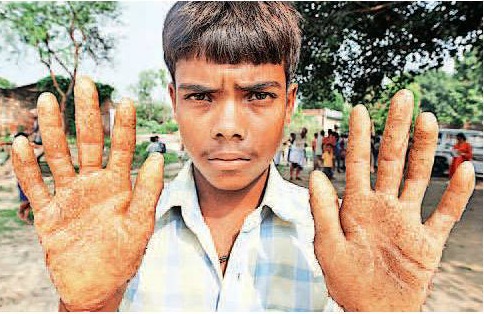/regions/northern-plains
Northern Plains
Elitist Delhi scores low on environmental awareness
Posted on 23 Jun, 2013 08:18 AMEnvironmentalist Robert Swan, the first person to walk the North and South Pole, was in Delhi last year. He launched phase IV of Project Search, which aimed to promote environmental awareness and sustainable lifestyles among students. Swan noted that not many Delhiites scored highly on topics of environmental awareness.

The story of how blissful ignorance allows Hindustan Coca-Cola Beverages to deprive Mehdiganj, Varanasi of its water
Posted on 01 Apr, 2013 11:39 PM
Bottled drinks are commonplace and we often reach for them without a thought. We may even feel good about our purchase as we read about the companies' commitment to water security' printed on the label.
What does 'being water positive' really mean for the villages where manufacturing plants are situated ? This article examines the case of one such plant in Mehdiganj, PO Benipur, Arajiline block, Dist Varanasi and its effect on the groundwater levels in the area. The village has led an agitation against 4 specific negative impacts of the plant, acheiving moderate but measurable success.
This year, the movement comes to a crisis point as despite a warning by the Central Groundwater Development Board, the plant applies for a four-fold expansion.
Born to fly: A video on the joy of flying in Harike, north India's largest wetland
Posted on 12 Mar, 2013 01:20 PMSource of video: thenitindas
An exhibition at Studio Safdar in Shadi Khampur traces the history of the urban village and its water systems
Posted on 10 Feb, 2013 07:12 PMGuest post: Amita Bhaduri
West Delhi’s dusty neighbourhood, Shadi Khampur now has its own museum, in the traditional brick-and-mortar sense. I live nearby, have worked out of an office here and am familiar with the alleyways. But I got to know only now, what life in the neighbourhood was like. Its rich history and its connect to larger narratives from the past, like the series of land acquisitions in Delhi, the Emergency, and the anti-Sikh riots of 1984 which had gone largely undocumented and unarchived have been chronicled in the Neighbourhood Museum of Local History of Shadi Khampur, at Studio Safdar, a cafe cum bookstore.

Neighbourhood Museum at Studio Safdar
Source: Facebook page on “Public Art Project at Studio Safdar”
Analysis of Delhi’s budgetary allocations for water and sanitation services in slum areas - Article in Economic and Political Weekly
Posted on 06 Feb, 2013 11:18 AMThis article in Economic and Political Weekly, by analysing various budget documents, attempts to capture the quantum of budgetary outlay for Water and Sanitation Services (WSS) in the slums of Bawana and Bhalaswa in Delhi. Further it captures various systemic weaknesses that impede the effective delivery of WSS in these two slum areas.
"Taral Darpane Samajer Mukh" by Joya Mitra – Bengali translation of Anupam Mishra's booklet "Tairne Wala Samaj Doob Raha Hai" on floods in Bihar
Posted on 21 Jul, 2012 04:19 PM
The second edition of the book came out in 2008 just after the devastating Bihar floods in the year when the river thundered down from the Himalayas on its way to the sea sweeping half of Bihar.
Effects of industrial and agricultural activities on properties of groundwater - A paper published in the Bulletin of Environment, Pharmacology & Life Sciences
Posted on 05 May, 2012 03:24 PMThe main sources of groundwater contamination are industrial, municipal and agricultural wastes (both solid and liquid), rocks, sludge and slimes, refuse, pesticides, herbicides, effluents from livestock and poultry farms. Many pollutants are even able to penetrate into groundwater aquifers.
The unquiet river: An overview of select decisions of the courts on the river Yamuna
Posted on 14 Jan, 2012 06:40 PMThe river has attained the distinction of being perhaps the river attracting the most judicial attention in india, after the Ganga. This report analyses the various laws and judicial decisions pertaining to the Yamuna and their effects on the river.
River Yamuna - Dying by default or by design: A public lecture on river Yamuna
Posted on 14 Jan, 2012 05:24 PMIt aims to inform, enlighten and suggest solutions to bring back the river Yamuna to a healthy and resilient state.

Investigation and assessment report: Arsenic in drinking water sources and related problems of Ballia district of Uttar Pradesh
Posted on 28 Dec, 2011 11:03 AMFollowing media reports about arsenic contamination in Ballia, and a complaint addressed by the people of Ballia to the Ministry of Rural Development, a National Level Monitor was requested to enquire into the issue of water quality.
